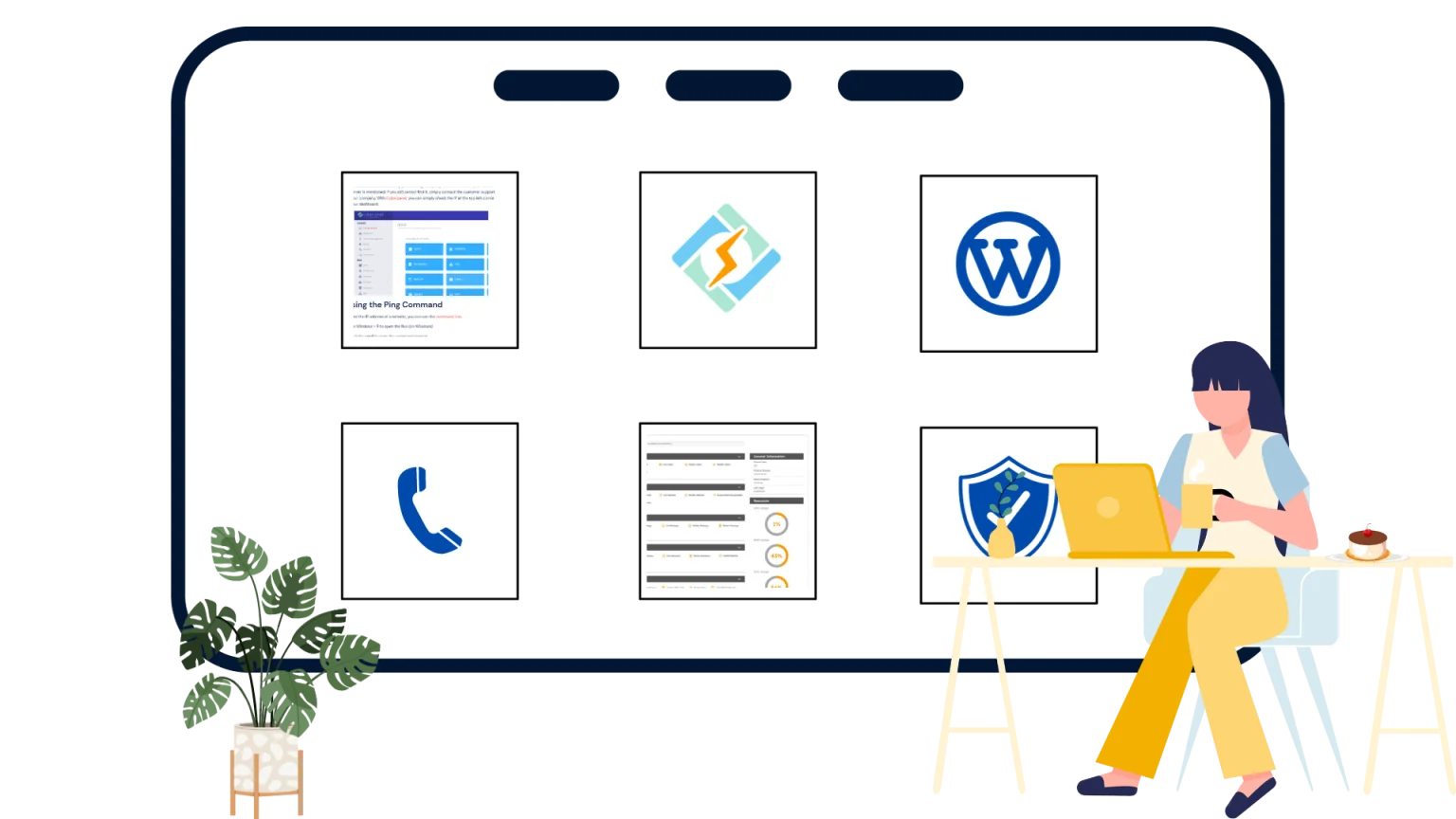When most people think about the Qt framework, they imagine desktop applications with sleek interfaces or embedded systems powering car dashboards. Indeed, those are common and well-known scenarios. But the truth is, Qt stretches far beyond these popular examples. It is a cross-platform toolkit designed not just for creating user interfaces but also for solving problems in industries that often fly under the radar.
In fact, teams working as a Qt development company have discovered that this framework’s flexibility makes it applicable in areas many developers would never initially consider. From medical devices to artistic installations, Qt has proven itself as more than just another UI library.
So, what are the less obvious but highly impactful ways organizations are using Qt today? Let’s explore.
Scientific Visualization Tools
Scientific research generates enormous amounts of data, and making sense of that data often requires sophisticated visualization. Qt offers a reliable way to build interactive dashboards that can handle complex graphics, simulations, and real-time modeling.
Consider a physicist tracking particle collisions or a biologist analyzing genetic sequences. Both rely on visualization tools that need to process heavy workloads while still providing clear, intuitive controls. Qt’s graphics engine and cross-platform deployment make it an ideal choice for such specialized scientific software.
Museum Exhibits and Interactive Art
Not all technology lives in laboratories or boardrooms. Museums and galleries increasingly integrate interactive displays into their spaces. Here, Qt shines by powering touch-based kiosks, augmented reality installations, and even sensor-driven art pieces.
Get exclusive access to all things tech-savvy, and be the first to receive
the latest updates directly in your inbox.
Its ability to integrate multimedia elements — audio, video, animation — makes it attractive for artists and curators. Unlike static exhibits, interactive ones demand smooth performance, consistent updates, and resilience to thousands of daily visitors interacting with the system. Qt’s cross-device stability supports precisely that.
Industrial Automation Interfaces
When thinking about industrial software, people usually picture old-fashioned panels with clunky designs. Yet many manufacturing plants are modernizing with sleek, touch-ready systems that resemble smartphones. Qt makes this leap possible.
Factories now use Qt-powered dashboards for controlling robotic arms, conveyor belts, or environmental sensors. Its efficiency in handling embedded systems while maintaining a modern look sets it apart. What might look like a simple touchscreen on the factory floor is often running on Qt under the hood, streamlining processes without workers realizing it.
Medical Devices Beyond Hospital Walls
While Qt is known in medical imaging equipment, its use cases extend to smaller, portable health devices as well. Portable ultrasound machines, wearable diagnostic tools, and even home-monitoring systems for chronic illnesses have integrated Qt to provide user-friendly displays.
The challenge in healthcare technology is balancing reliability, compliance, and usability. Qt’s framework allows developers to create clean and intuitive interfaces that patients and professionals alike can use without confusion. That human-centered design makes a big difference in adoption and outcomes.
Aerospace and Simulation Systems
Aerospace systems require a balance of extreme reliability and advanced simulation. Flight simulators, mission planning software, and even satellite monitoring stations often rely on Qt to deliver real-time data visualization.
The reason is simple: Qt combines high-performance graphics with stability across multiple operating systems. When engineers need to track telemetry or pilots train on complex simulators, Qt quietly powers the visuals and controls behind the scenes.
Robotics Beyond Research Labs
When we hear “robotics,” we often think of academic projects or factory robots. But robotics is spilling into new spaces: agriculture, logistics, and even household assistants. Developers building these solutions often turn to Qt to create user interfaces for managing and controlling robotic systems.
For example, a farming robot that helps monitor crops or dispense fertilizers may run on a small embedded system powered by Qt. Farmers don’t care about the framework — they care that the device is easy to use and reliable. Qt makes that possible.
Transportation and Smart Mobility
Transportation systems increasingly rely on digital platforms to manage routes, display passenger information, and optimize energy use. Many transit authorities use Qt-powered interfaces in ticket kiosks, train control systems, and smart vehicle dashboards.

Because transportation must balance real-time updates with long-term durability, Qt is a natural choice. A metro station display may look like a simple sign, but behind it lies an application carefully designed to work in harsh conditions without failure.
Education and Training Tools
Qt is also finding its way into classrooms and training centers. Interactive learning platforms, simulation-based training tools, and virtual labs often use Qt as their foundation.
Students might not know it, but when they adjust virtual controls in a physics simulation or interact with digital anatomy in a medical classroom, they’re likely engaging with Qt. Its combination of interactivity and graphical clarity creates learning environments that go beyond textbooks.
Renewable Energy Monitoring
Another less obvious area is renewable energy. Solar farms, wind turbines, and smart grids all require control panels and monitoring systems. Developers use Qt to design dashboards that track output, performance, and weather conditions in real time.
The stakes are high here — reliable systems mean optimized energy distribution and reduced waste. Qt provides the backbone to make these complex processes visible and manageable.
Creative Tools for Designers and Musicians
Finally, consider creative industries. Musicians, video editors, and digital artists often rely on software built with Qt without even realizing it. From MIDI controllers to custom editing platforms, Qt has powered tools that allow creators to express themselves without technical barriers.
The strength of Qt lies in its ability to handle multimedia inputs and outputs while maintaining performance. This balance makes it attractive for creative applications that demand speed, flexibility, and visual accuracy.
Why These Use Cases Matter
Unobvious applications of Qt demonstrate one clear point: technology is not confined to the industries we traditionally associate it with. The framework’s adaptability allows it to move across disciplines seamlessly. Whether enabling scientific breakthroughs, modernizing industrial equipment, or supporting artistic expression, Qt proves its worth outside the mainstream.
Recognizing these hidden applications also helps developers and organizations think more broadly about problem-solving. Sometimes the best tool is one already tested in another industry but waiting to be applied in new contexts.
Conclusion
Qt is far more than a toolkit for building desktop interfaces. It has quietly shaped industries ranging from healthcare and aerospace to education and art. Each unobvious use case highlights its versatility and reliability, showing that the framework adapts wherever intuitive design and stability are required.
If you are curious about exploring such applications in your own projects, don’t hesitate to send a message to Vakoms.


